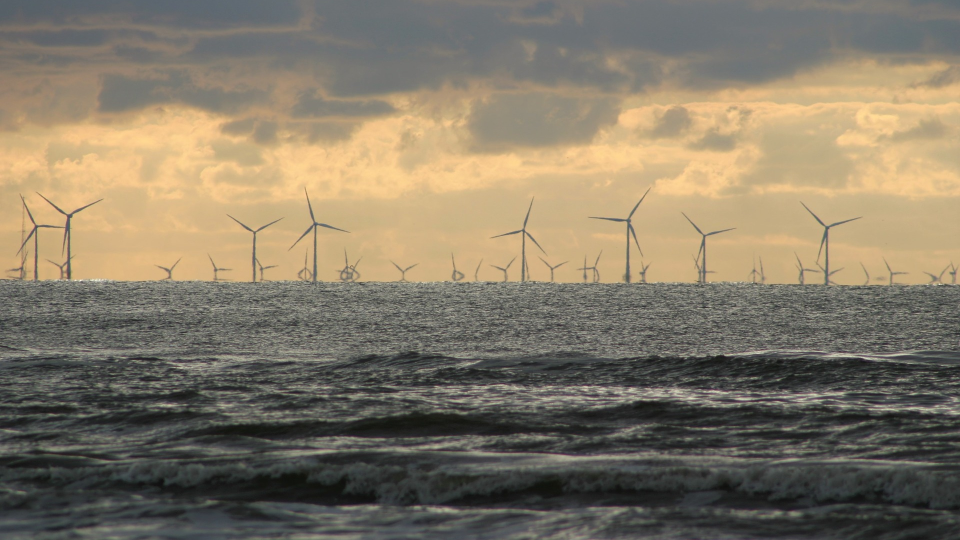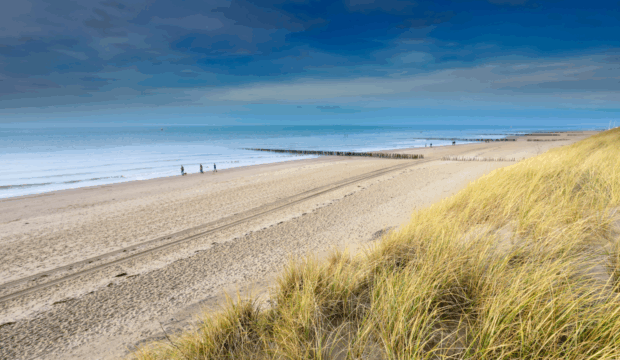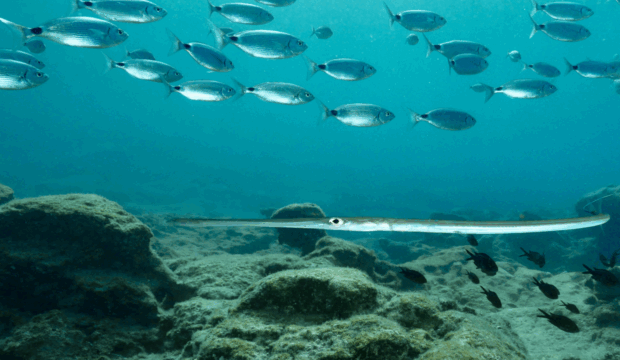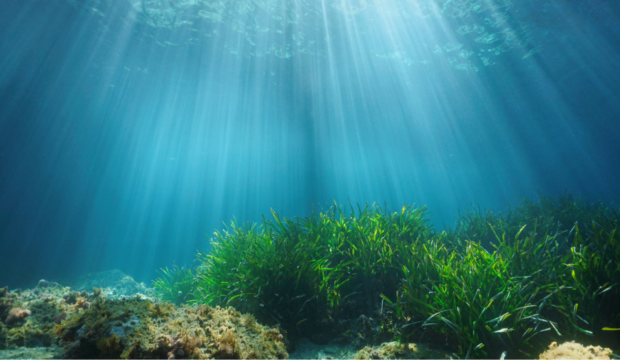NGOs, wind industry and Transmission System Operators (TSOs), working collaboratively in OCEaN, call for a strong EU Restoration Law with clear and quantifiable legally binding targets, as well as implementation and enforcement rules that enable ecologically-sound offshore wind and electricity grid deployment.
The twin crises of climate change and biodiversity, both on land and at sea, need to be tackled jointly as they are intrinsically linked: biodiversity loss and ecosystem degradation accelerate climate change, while climate change increases stress on natural systems and biodiversity.
Europe’s seas are among the most overexploited in the world and their ecosystems are in a poor state. Harmful human activities, such as oil drilling, marine transport, pollution, dredging, coastal development and unsustainable fishing practices have contributed to the loss of most of the rich biodiversity of the seafloor and continental shelf. In addition, the impacts of high atmospheric CO2 and climate change (acidification, marine warming, deoxygenation) are already exacerbating this ecosystem decline.
The EU 2030 Biodiversity Strategy represents a key opportunity to halt and reverse biodiversity loss at sea by (1) increasing the coverage of EU Marine Protected Areas (MPAs) to at least 30%, with at least 10% being strictly protected and (2) ensuring effective protection, management and enforcement of all protected areas.
Considering the current degraded state of the marine environment, protection of the remaining ecosystems needs to be complemented by stronger actions to improve their health, resilience and ability to provide ecosystem services. Consequently, the upcoming Restoration Law must urgently deliver concrete restoration targets for marine ecosystems in the European Union. This must include a binding restoration target of at least 15% of European sea basins, through passive and active restoration measures. Passive restoration refers to areas where human pressure is removed – these are often strictly protected areas such as “no-take-zones”. Meanwhile, active restoration measures involve direct human interventions to assist ecosystem recovery. Such a restoration target will contribute to the achievement of 30% of MPAs by 2030 as well as to the attainment of the Good Environmental Status of European seas.
Nature restoration and the energy transition must be planned and implemented hand-in- hand so they can jointly support each other in delivering the EU’s climate and energy goals. This means that the designation of MPAs and energy generation sites should happen simultaneously to prevent negative effects of one on the other. A coordinated designation of these areas will contribute to addressing the joint climate and biodiversity crises we face, while achieving the necessary speed and scale for the expansion of renewables and electricity grids.
The current geopolitical context adds an additional layer to the already dramatic climate crisis, increasing the urgency of a fast transition towards renewables. The scale and speed needed in the roll-out of offshore wind energy and the connecting electricity grids can only be achieved through an ecosystem-based approach that respects nature and reduces cumulative pressures. Such an integrated approach will allow nature to thrive while reducing deployment delays and financial risks.
Tags:
Share article:
Contact
Should you have any questions, please get in touch with:




